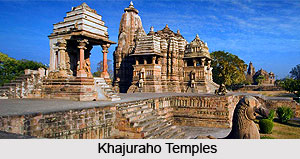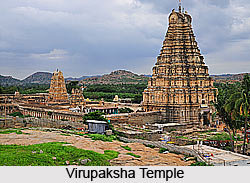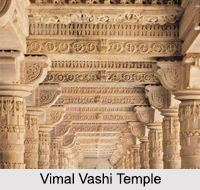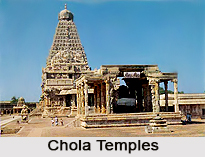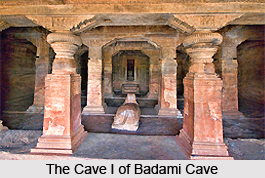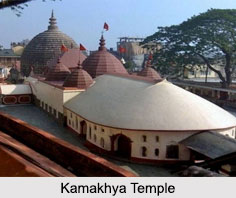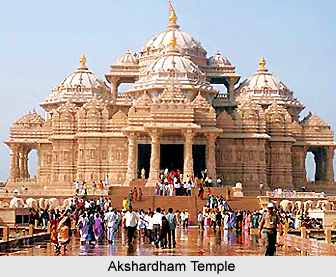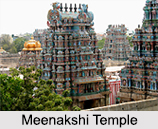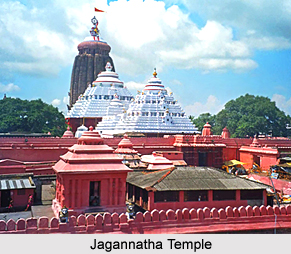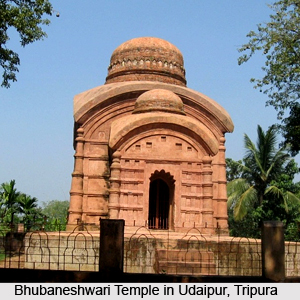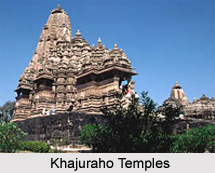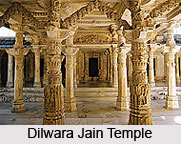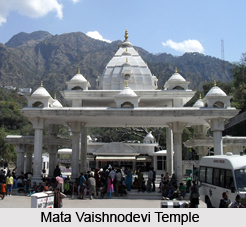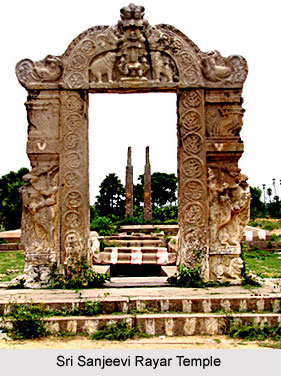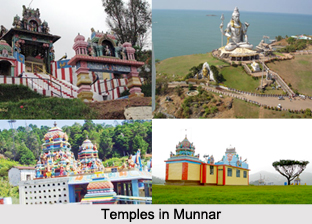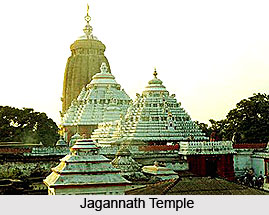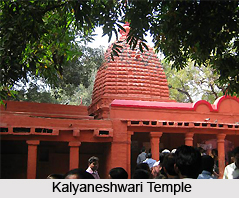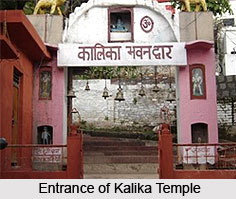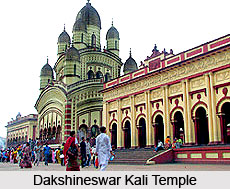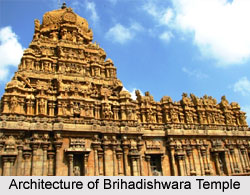 St. John in the Wilderness is an Anglican church in Himachal Pradesh. This church is one of the pilgrimage tourist sites in Dharmashala, where the Christian community in this region offer prayer to Lord Jesus Christ. It is also the final resting place of Governor General of India and the Viceroy of India of British era, Lord Elgin.
St. John in the Wilderness is an Anglican church in Himachal Pradesh. This church is one of the pilgrimage tourist sites in Dharmashala, where the Christian community in this region offer prayer to Lord Jesus Christ. It is also the final resting place of Governor General of India and the Viceroy of India of British era, Lord Elgin.
Location of St. John in the Wilderness
St. John in the Wilderness is a small Kirk located in the hilly tracts of Dharmashala of Himachal Pradesh.
History of St. John in the Wilderness
St. John in the Wilderness is dedicated to John the Baptist. St. John in the Wilderness was built in the year 1852 by the architects of colonial empire of British Raj. It is located near Dharamshala, Himachal Pradesh on the way to Mc Leod Ganj, at Forsyth Gunj.
Scenic Beauty in St. John in the Wilderness
St. John in the Wilderness is set amidst the deodar forest region of Dharmashala.
Architecture of St. John in the Wilderness
St. John in the Wilderness was built in Neo-Gothic architecture of colonial era. It is the church is known for its Belgian stained-glass windows donated by Lady Elgin (Mary Louisa Lambton), wife of Lord Elgin, the Viceroy of India at that time. The structure of the St. John in the Wilderness survived the 1905 Kangra earthquake, which killed close to 19,800 people, injured thousands in the Kangra area, and destroyed most buildings in Kangra, Mcleodganj and Dharamshala. The spire, bell tower, was however destroyed. Later, a new bell, cast in 1915 by Mears and Stainbank, was brought from England and installed outside in the compound of the church of St. John in the Wilderness.
Graveyard in St. John in the Wilderness
The churchyard of St. John in the Wilderness is the final resting place of Lord Elgin, who served as Governor General of the Province of Canada, who oversaw the Creation of Responsible Government in Canada, and later, while in China, ordered the complete destruction of the Old Summer Palace. He became Governor-General and Viceroy of India in the year 1861 during the British Colonial Government in India, though he soon died at Dharamshala, Himachal Pradesh on November 20, 1863, and was buried in the graveyard of St. John in the Wilderness.
